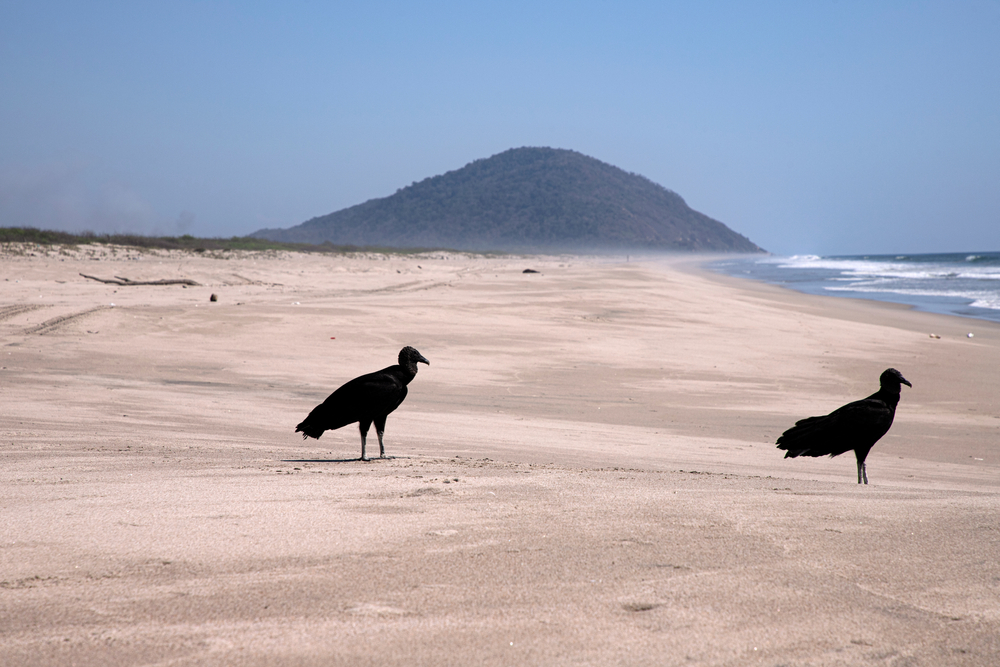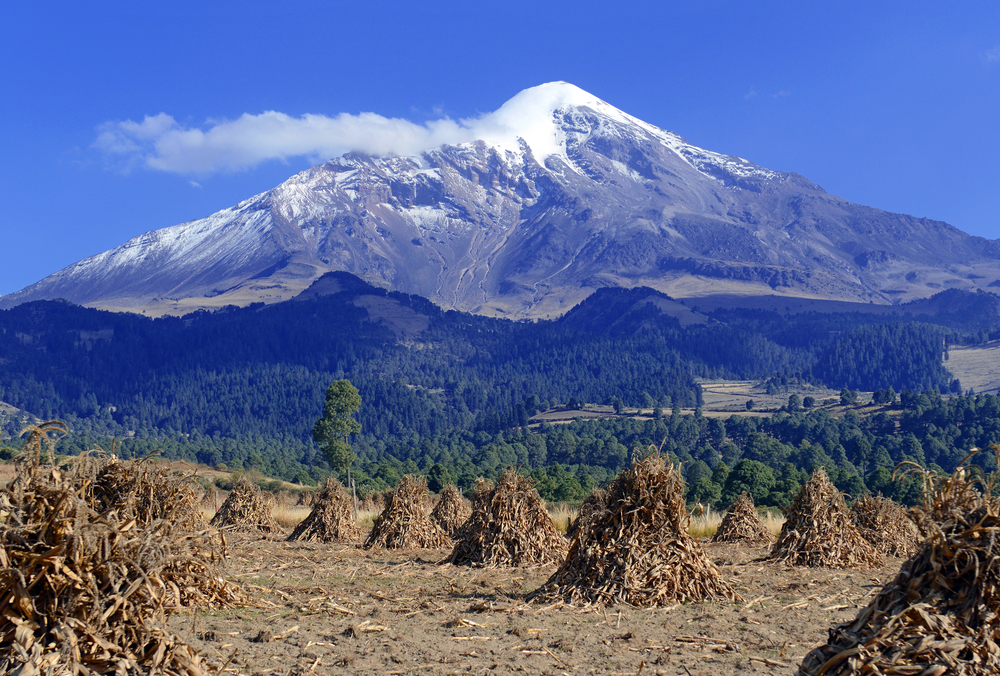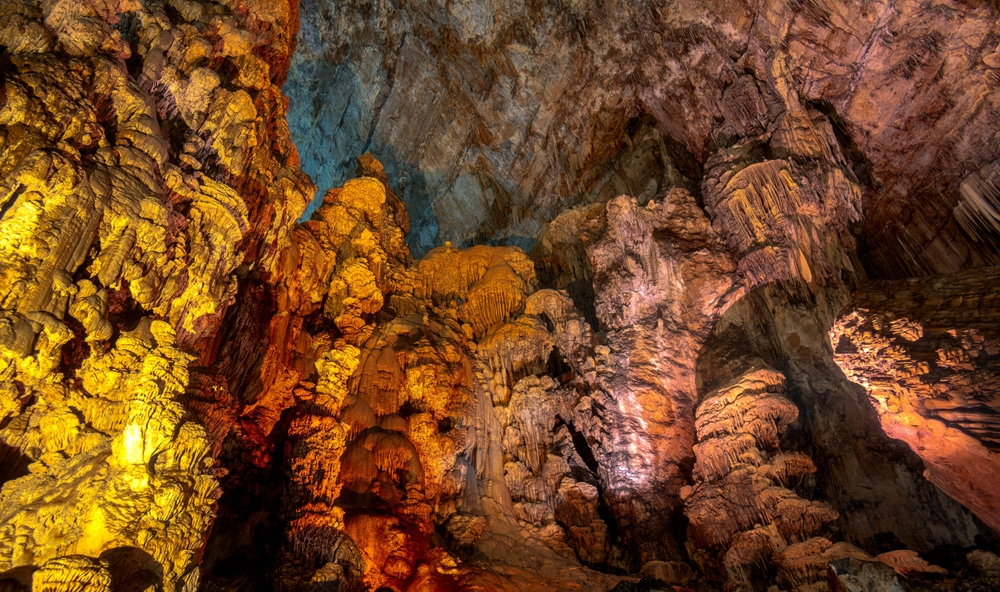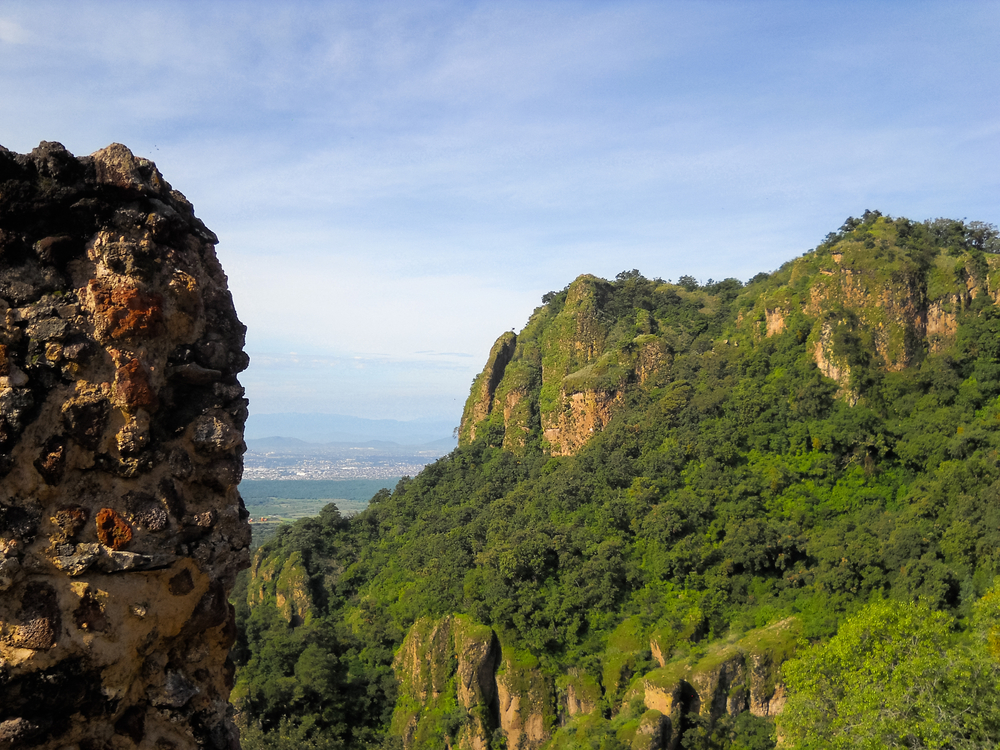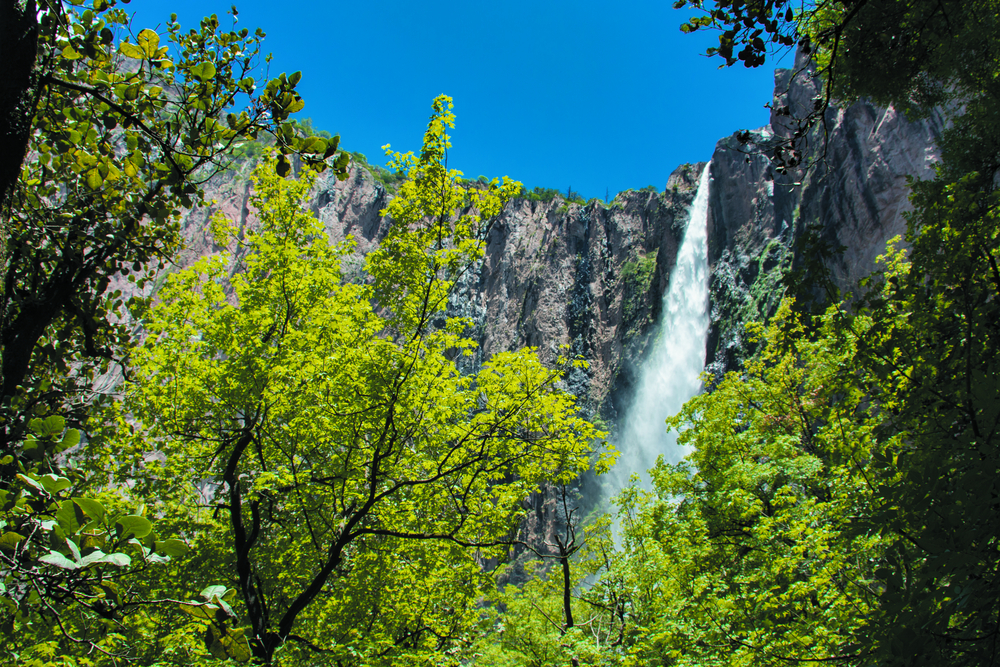Lomas de Padierna Overview
Lomas de Padierna National Park, locally known as “Parque Nacional Lomas de Padierna,” is located in the borough of La Magdalena Contreras, in the southwest of Mexico City.
Originally covering an area between 610 and 670 hectares (235–259 square miles) when it was declared a national park on April 22, 1938, urban expansion and environmental degradation have since reduced its size to just 34.35 hectares (13.26 square miles). Despite this, the park remains an important green space within the city and a valuable area for conservation.
The park is situated on Cerro del Judío, with elevations ranging from 2,380 to 2,700 meters (7,808 to 8,858 feet) above sea level. The terrain is characterized by steep slopes and deep ravines, such as La Malinche and El Rosal, which are part of an active hydrological system within the Mexico Basin.
The geology of the park includes volcanic rock formations from the Tertiary period, along with more recent lava flows from the Chichinautzin volcanic field.
Lomas de Padierna experiences a temperate to cool humid climate, with an average annual temperature of 16.6°C (61.9°F). During spring, temperatures can exceed 28°C (82°F), while winter months can bring temperatures as low as -5°C (23°F). The rainy season extends from May to November, peaking between June and August.
The park’s vegetation consists of a variety of tree species, including cedars, pines, and eucalyptus. Other notable plant species include legumes such as “cabello de ángel,” bulbous plants like “pata de gallo,” and flowering plants such as the “asiento de suegra.” These plants contribute to the biodiversity of the park and provide essential habitats for wildlife.
Lomas de Padierna is home to a variety of bird species, including migratory birds such as the vermilion flycatcher, the eastern phoebe, and the black vulture. Hummingbirds, woodpeckers, hawks, and swallows can also be seen throughout the park.
Reptiles such as the central Mexican garter snake and the rattlesnake inhabit the area, along with amphibians like salamanders, frogs, and axolotls. The park also supports a diverse insect population, including the white cabbage butterfly, as well as spiders such as the orb-weaving Neoscona.
One of the park’s most significant features is its historical importance. It was the site of the Battle of Padierna on August 20, 1847, during the Mexican-American War. A monument commemorating this event stands at the summit of Cerro del Judío, marking a key location in Mexico’s military history.
Visitors to Lomas de Padierna can engage in outdoor activities such as hiking and nature observation. The park features multiple forest trails, with the Los Dínamos 1, 2, and 3 trails being among the most popular. These trails are well-rated by hikers and nature enthusiasts, offering scenic views and opportunities to explore the park’s biodiversity.
Over the years, Lomas de Padierna National Park has faced conservation challenges due to urban expansion and environmental degradation. However, reforestation efforts and biodiversity protection initiatives have been implemented to mitigate these threats. In 1986, a significant portion of Mexico City was designated as an Ecological Reserve, including this park, to safeguard its ecosystems and wildlife.
Lomas de Padierna National Park offers a unique blend of natural beauty and historical significance, providing visitors with the opportunity to connect with nature while learning about key events in Mexico’s past.











































































